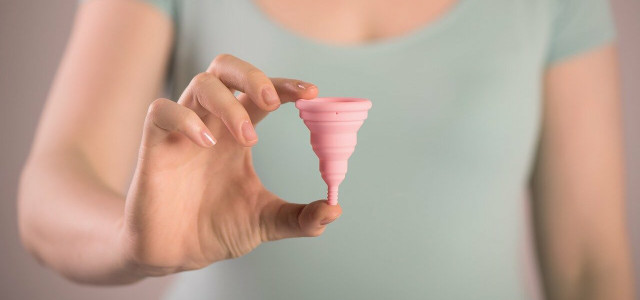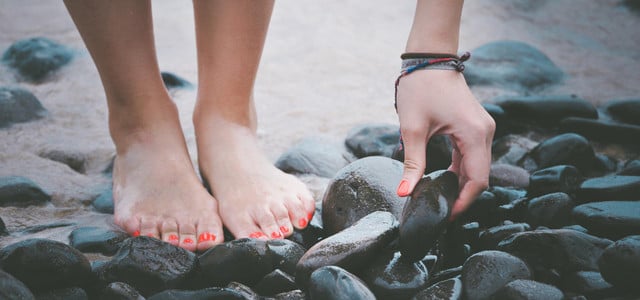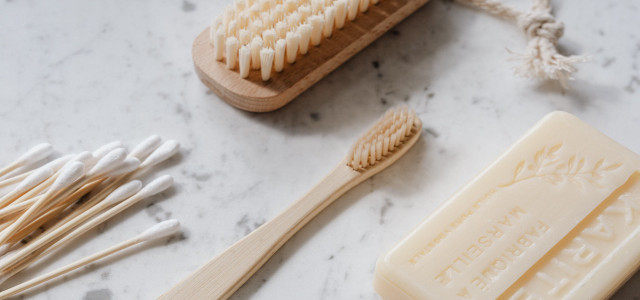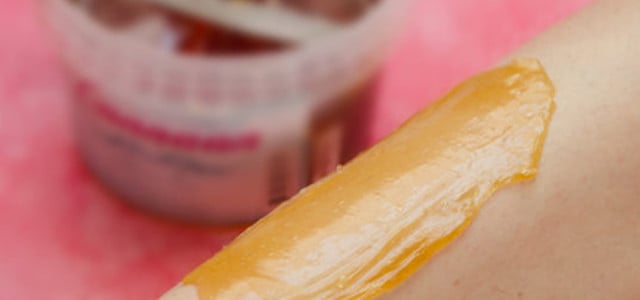Menstrual cups are a sustainable way to manage your period, but they require a lot of upkeep. You should learn how to clean your menstrual cup naturally in order to make it last.
Menstrual cups are the most sustainable period product, according to a paper by the UN’s environment program. A single menstrual cup can last you up to ten years with proper care, whereas you would require hundreds of disposable period products during the same timeframe. Unlike disposable menstrual products, however, menstrual cups require much more time to clean and maintain. In order to ensure that your menstrual cup lasts as long as possible and that you are keeping it safe for your body, you can read about how to clean a menstrual cup naturally below.
What is a Menstrual Cup?
A menstrual cup is a period product that is inserted into the vagina like a tampon. Most menstrual cups are made of medical-grade silicone, a relatively abundant resource. They are also reusable, making them a great zero-waste alternative to normal tampons.
How to Clean a New Menstrual Cup Before Use
Before you want to start using a menstrual cup, you will first need to obtain one. You can choose from a variety of brands like the Diva Cup (made of medical silicone, without chemicals, plastic, or dyes – available on Amazon**). Make sure to do your research before choosing your cup, since many cups are designed for individuals at different stages of life, considering factors such as age and motherhood.
Once you have it, follow these steps to clean your menstrual cup before using it for the first time:
- Wash your hands to make sure they are clean. It is best to use a fragrance-free soap, since fragrances can sometimes cause irritation.
- Prepare a pot of boiling water.
- Place your menstrual cup inside and let it soak inside for about ten minutes. The heat from the water will sterilize the surface, killing any bacteria that could cause infections. While you are doing this, make sure to keep an eye on the menstrual cup and rotate it occasionally using tongs or another tool so that it doesn’t get burned.
- Once the ten minutes are over, take the menstrual cup out. And be careful — the cup will be very hot at first!
How to Clean the Cup During Your Period
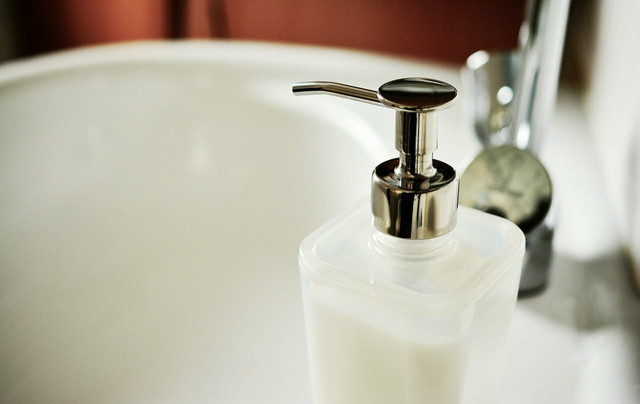


(Foto: CC0 / Pixabay / congerdesign)
When you are on your period, you probably won’t have time to fully sterilize your menstrual cup each time you want to change it out. Instead, take the following steps to clean your menstrual cup.
At home:
- Tip out any menstrual blood into your toilet bowl.
- Rinse your cup in the sink with water.
- Use soap to clean the surface of the cup in order to remove as much bacteria as possible and to discourage discoloration. You should choose a fragrance-free and oil-free soap for this task. This is because oils can degrade silicone over time.
- Make sure to rinse away all of the soap thoroughly before reinsertion.
On the go:
- If you are not at home and don’t have access to proper cleaning items, begin by pouring out the menstrual blood.
- Using toilet paper, wipe up any excess blood before reinsertion.
- Since this does not result in a thorough clean, you should also clean the cup using soap as soon as you get home.
How to Clean and Store a Menstrual Cup Between Periods
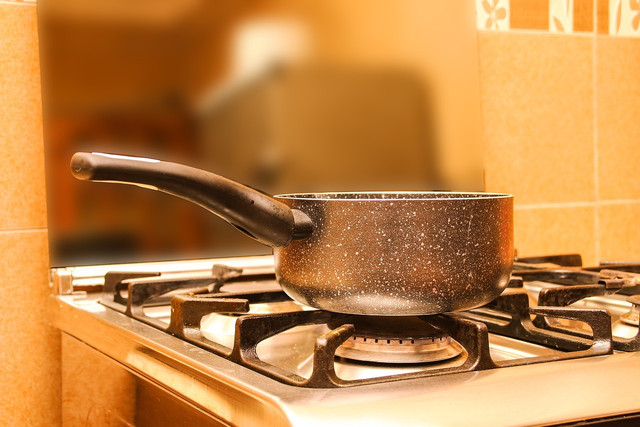


(Foto: CC0 / Pixabay / Three-shots)
When your period is over, you should give your menstrual cup a thorough clean before putting it away. Here are instructions for how to clean a menstrual cup and how to prepare it for storage:
- Empty out the cup as usual.
- Clean thoroughly with soap, as usual.
- Boil a pot of water.
- Put the cup inside for five to ten minutes to sterilize it. Killing any remaining bacteria in this way will naturally prevent your menstrual cup from acquiring any odor.
- Remove the menstrual cup from the pot and dry it thoroughly using a clean towel.
- Place it inside a pouch to store it until the following month. Usually, your menstrual cup will come with a cloth pouch, but if you have to source your own, make sure the fabric is light and breathable. This will discourage bacteria from growing, making it safe to use next time.
If you follow these simple steps, you should be able to make your menstrual cup last for years.
Why Use a Menstrual Cup?
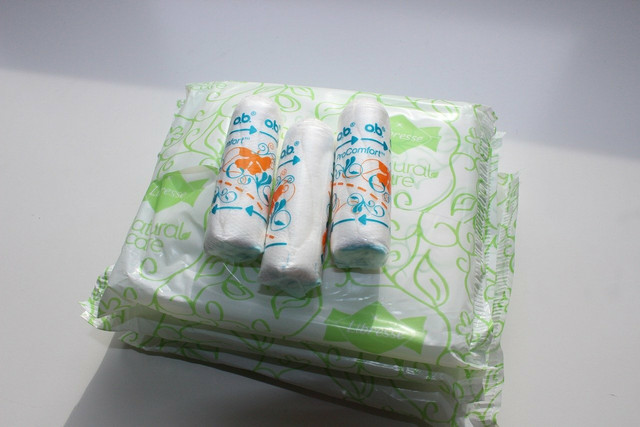


(Foto: CC0 / Pixabay / SouthernSun)
You are probably already familiar with the buzz surrounding menstrual cups, but if you don’t know about what makes this product so special, here are some reasons you might want to consider switching to a menstrual cup.
- It’s sustainable: According to researchers at Clarkson University, menstrual cups only have 1.5 percent of the environmental impact of standard pads and tampons.
- It’s long-lasting: You don’t need to change out a menstrual cup as often as other period products. Depending on how heavy your flow is, you can use a menstrual cup for twelve hours at a time.
- It’s safe: Menstrual cups have minimal risk of inducing toxic shock syndrome (TSS). TSS is the result of a blood infection that can often be caused by using tampons for prolonged periods of time. Although menstrual cups can sometimes cause TSS as well, occurrences are much rarer. This makes it a much safer option compared to similar period products.
Make sure you are following the steps above on how to clean a menstrual cup in order to get the most out of your menstrual cup.
Read more:
- Period Panties: Choosing the Best Period Underwear
- Homemade Toilet Bowl Cleaner: Two All-Natural Recipes
- Herbal Remedies: 5 Yarrow Benefits and Uses
Do you like this post?






